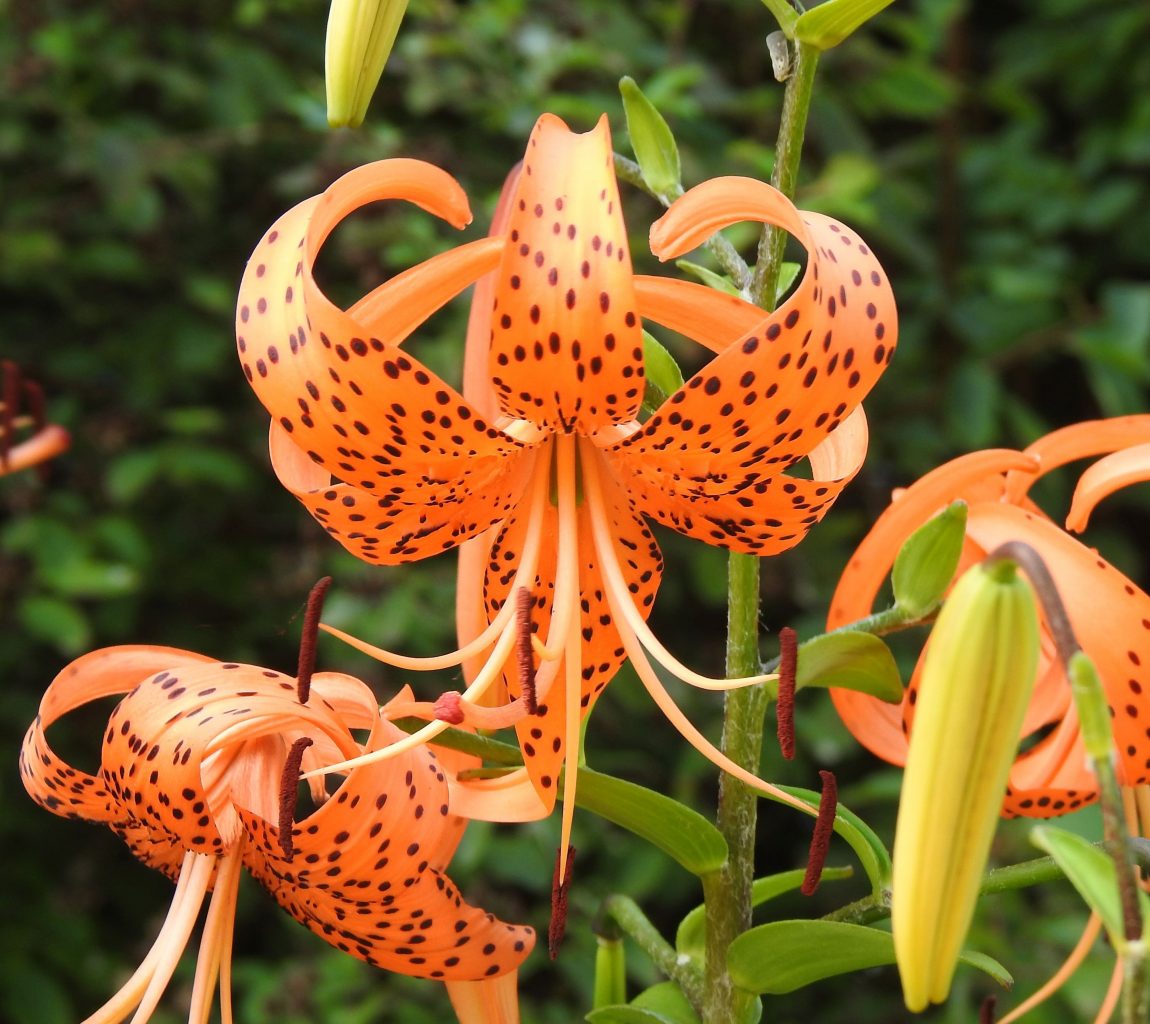
We begin our exploration of the plant world with the Lily. Most of us know the Tiger Lily, a beautiful native perennial with dark spotted, deep orange blooms occurring in late June across many areas of Western North America. Another favorite is the white Easter lily, Lilium longiflorum, which originated in the Ryukyu islands of Japan.
True lilies, the ones who are members of the genus Lilium (family Liliaceae), are one of the oldest cultivated plants in the world. But they don’t need us to help them as they propagate well on their own.
The lily is also one of the most popular flowers in horticulture trade, one reason (besides their beauty) is their special powers of long in-vase lifespans after being cut. There are almost 100 species of “true” lilies with ever more varieties created. Lilies are quite social and prefer company, placed in a group of 3 or more they grow much happier.
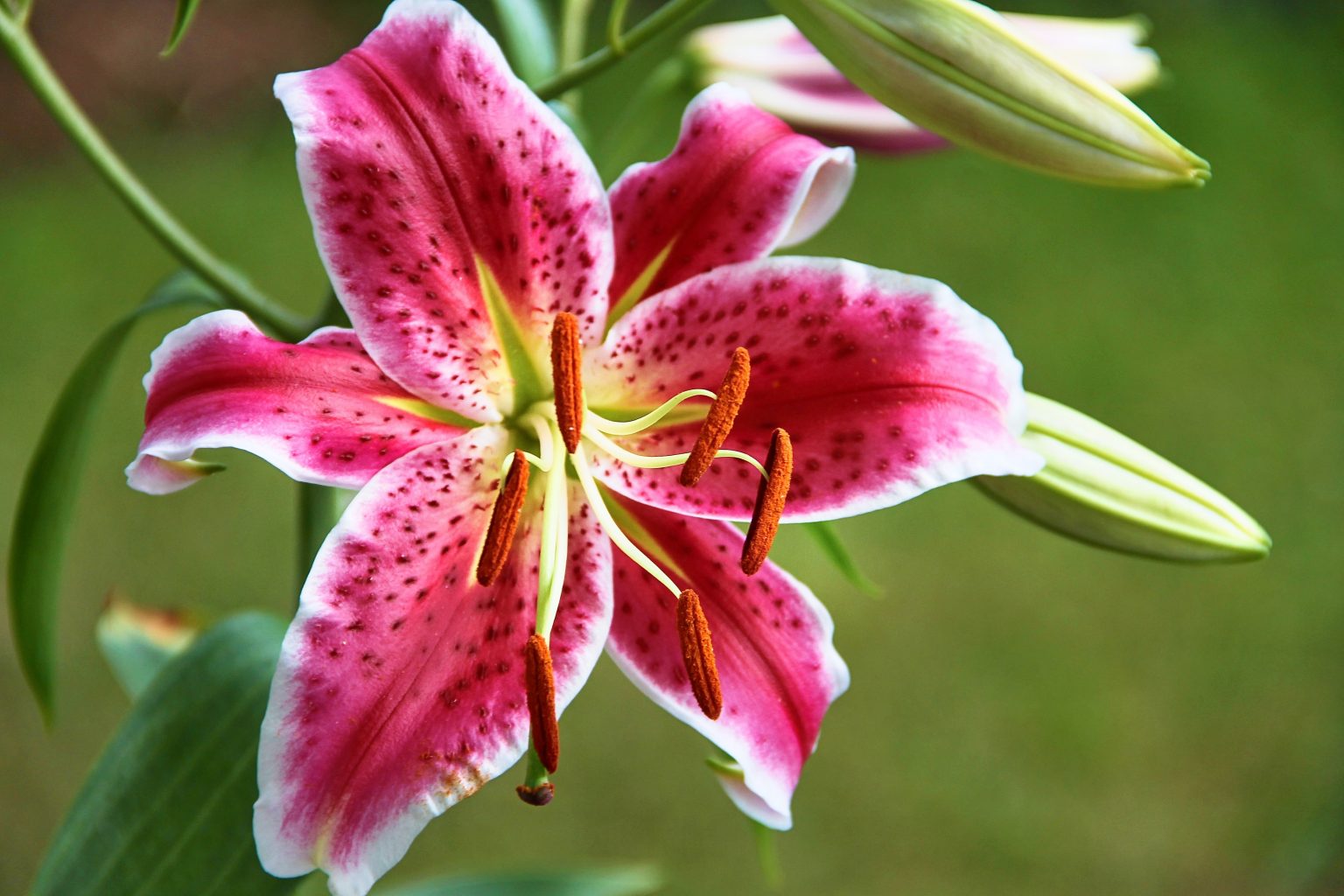
Lilies are much more than just beautiful. They have been used for medicinal purposes for centuries. In Traditional Chinese Medicine it is called “Bai He” which translates to the words “hundred” (because the bulbs are composed of about a hundred overlapping scales) and “meeting/communication.” Another translation of Bai He is “one hundred together.”
The Chinese peoples have long loved Lilies for their symbolism of good fortune and happiness. The bulb is the part of the lily that is used in Traditional Chinese Medicine. The sweet, cool properties work to strengthen the lungs and stomach as it soothes the heart. It is also used topically for sores or can be used in combination with other herbs in decoctions, powders, pastes and so on.
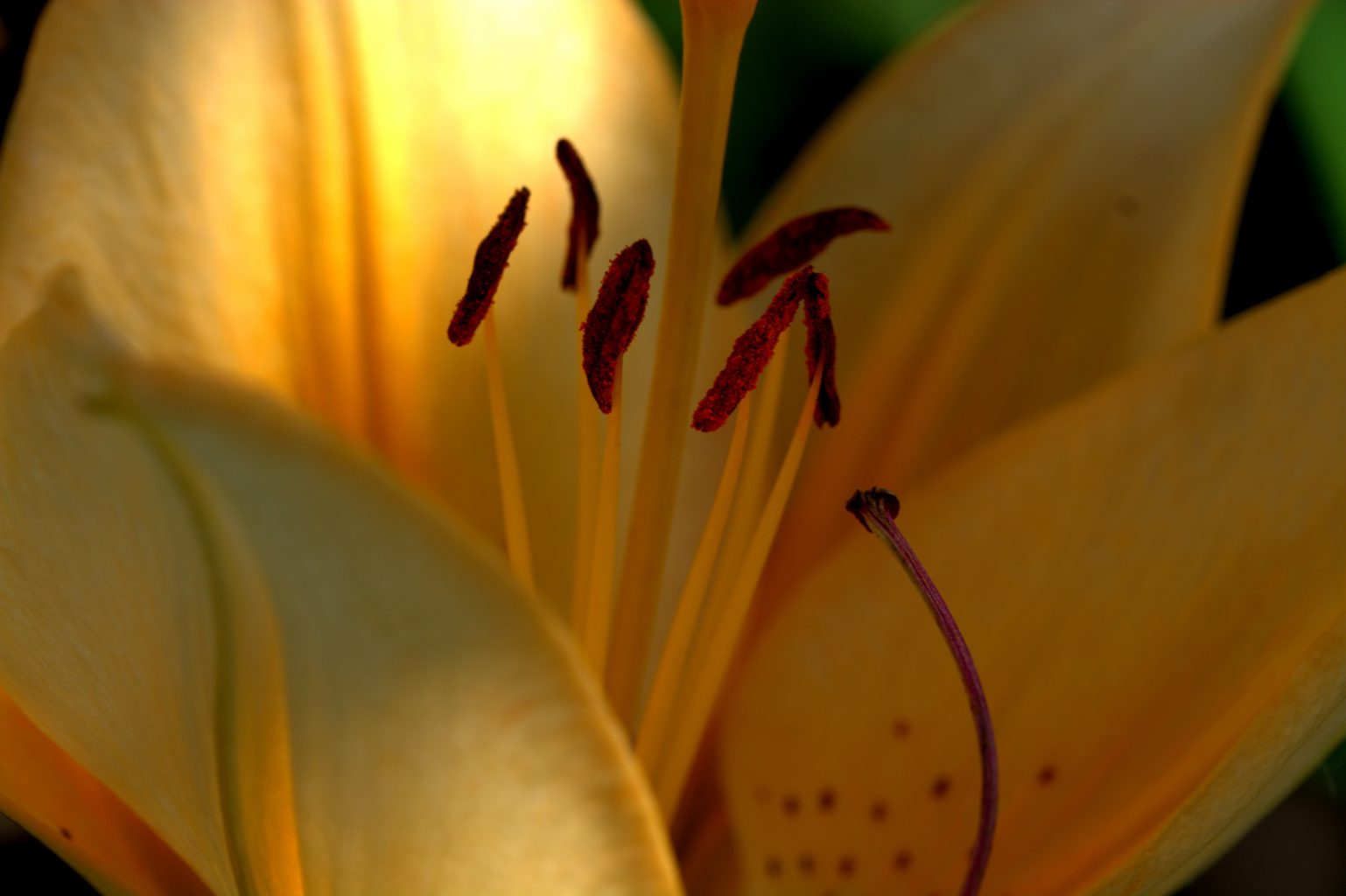
The lily bulb is also a food, full of vitamins, enjoyed at many dinner tables and as a traditional food used by East Asian countries. Coast Salish, Nuu-chah-nulth and most western Washington peoples steamed, boiled or pit-cooked the bulbs, according to The Land Conservancy of British Columbia. Many plants in the Liliaceae family are edible: onions, garlic, chives, shallots.
Some cooked Lily bulbs may taste like turnips, crunchy, sweet and starchy in texture. They may be used as a substitute for potatoes. Some find the taste of the bulb may have a mild chestnut flavor, with a slightly bitter aftertaste while still others have described them as peppery-tasting. They are often used in stir fries, boiled in soups and stews, and even baked.
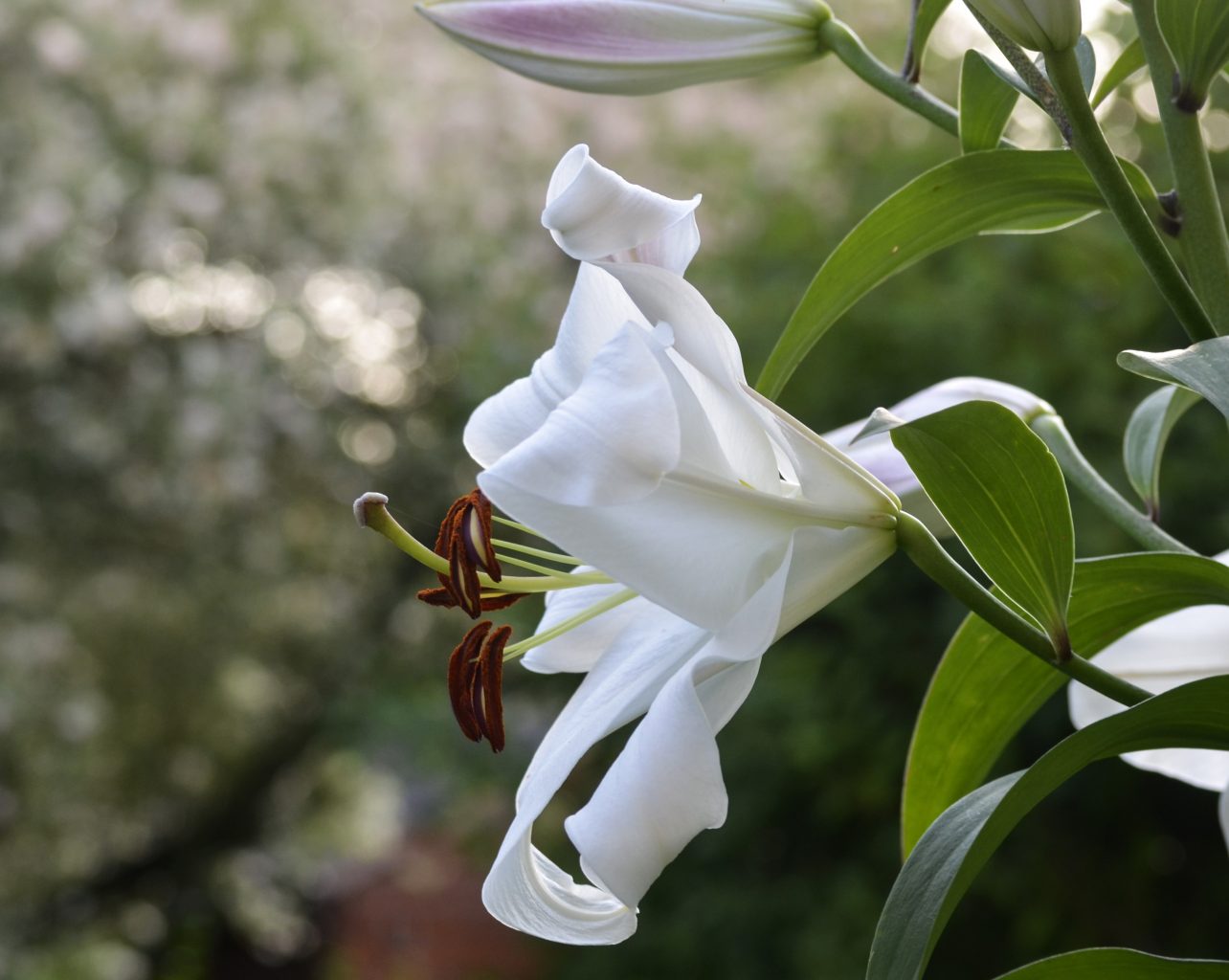
Lilies have different meanings throughout various cultures. Lilies were used as an example to dispel worry in the following Bible passage: “Consider the lilies how they grow: they toil not, they spin not; and yet I say unto you, that Solomon in all his glory was not arrayed like one of these.” Matthew 6:28-30
In China, lilies are used in weddings because they are linked to 100 years of love and the plant symbolizes wealth during the Lunar New Year. They are also associated with good luck. Because of the Greek myth of Hera and Zeus, lilies are associated with rebirth and motherhood. Christians affiliated lilies, especially Madonna lilies, with the Virgin Mary. Assyrians and Babylonians associated them with the goddess of fertility, Ishtar.
The feminine name Lily is especially lovely and enduring. It was very popular in the 1800s. Lily is a derivative of the Greek word “leiron,” which most assume refers to the white Madonna lily. Ancient Greeks so revered the lily that they attributed it to Hera, the queen of the gods and saw it as representing purity and virtue.
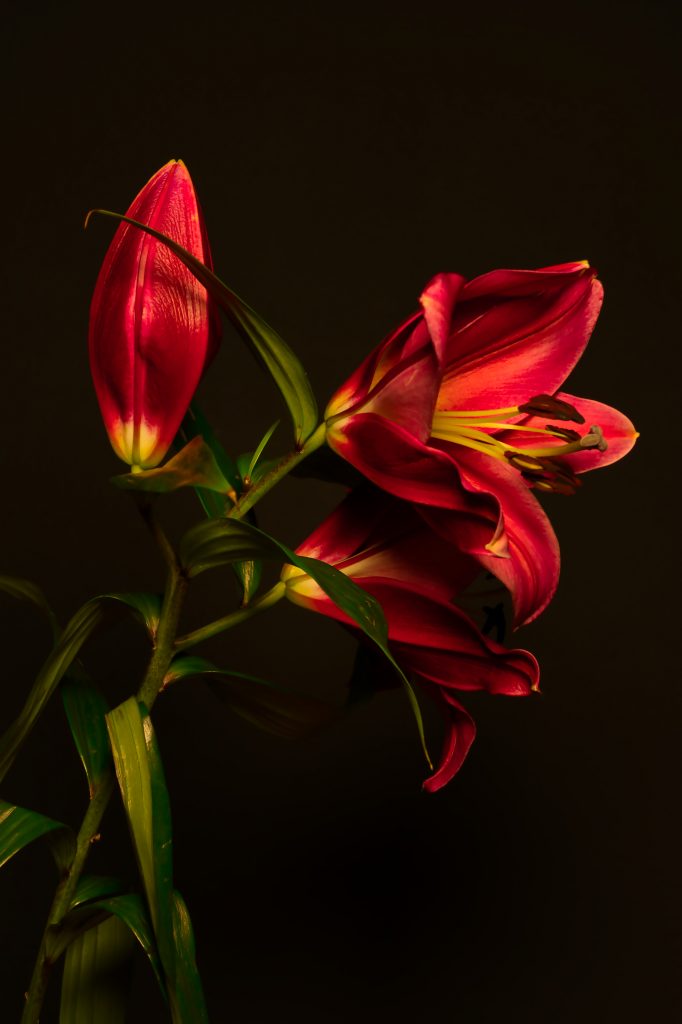
This is our first effort to provide inspirational opportunities for personal emotional/spiritual nourishment by moving into the nature of plants. You might be encouraged to undertake an activity that involves entering the world of Lilies. There are myriad paths:
You may want to get to know them personally by planting some in your yard or as a houseplant (remember to make sure your cat cannot get at them though, as they are poisonous to cats). Or explore lilies as a medicine or food – check with your naturopath and/or there are many recipes on the internet.
Lilies are an amazing focus for meditation or contemplation especially because of their wealth of symbolism. They are worthy of poetry or drawing and painting, if your talents lean that way. There are many instances and curriculums in which people draw strength and direction from emulating the instincts of various birds or animals such as eagle, bear and wolf. In the same way it is fascinating to apply the same to flowers – Tiger Lilies, for example display purity, virtue, courage, social instinct and tenacity.
